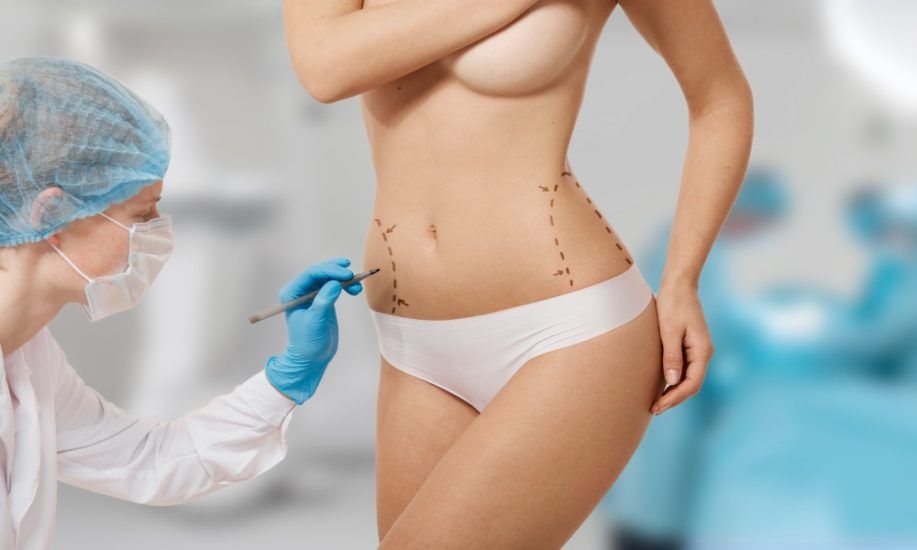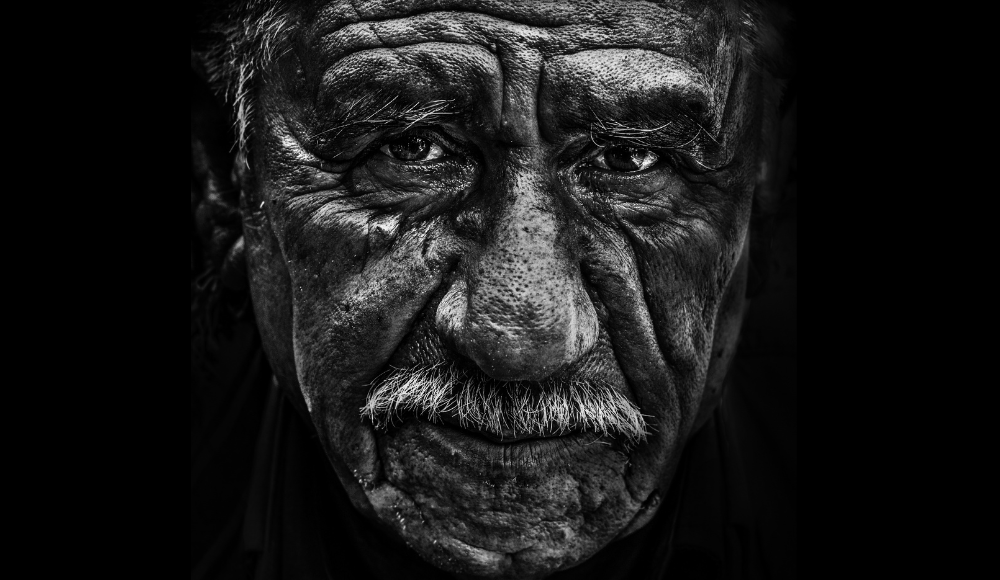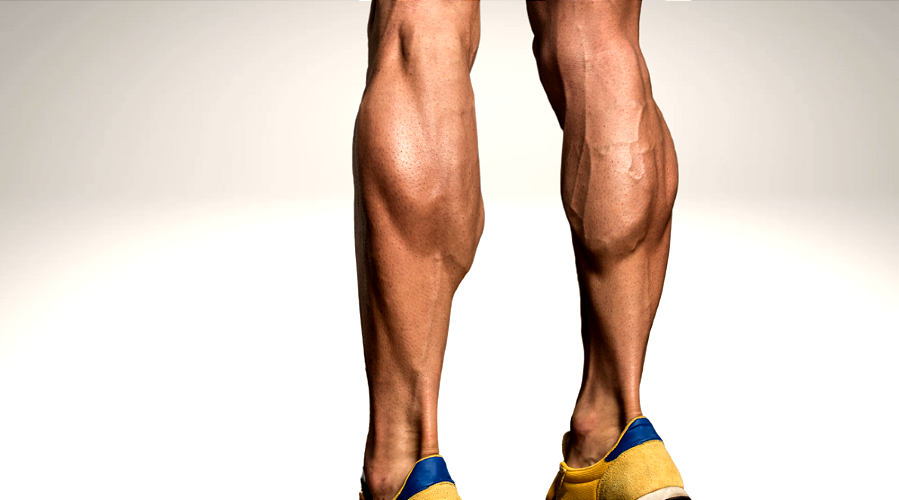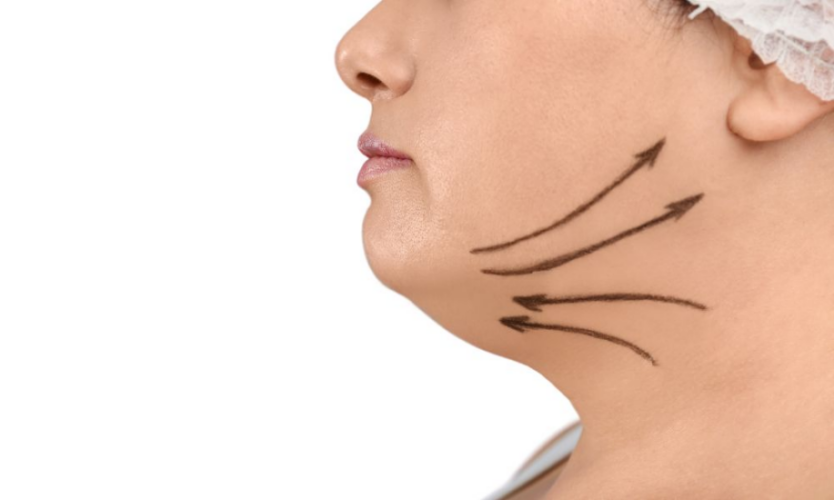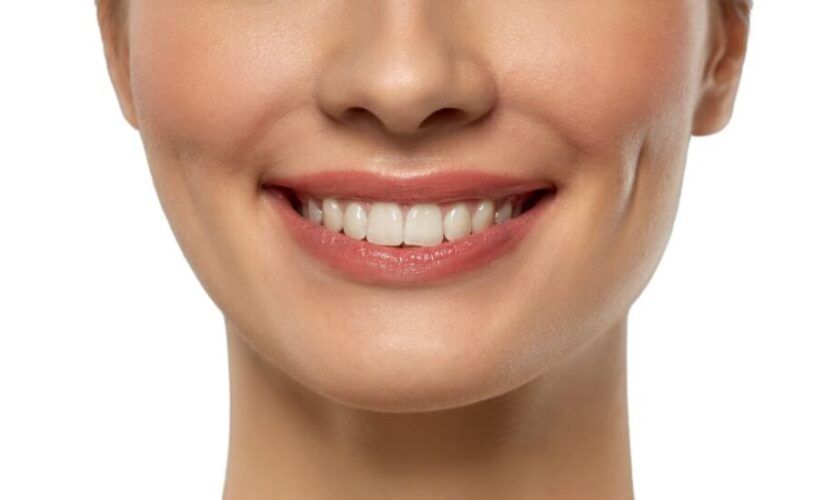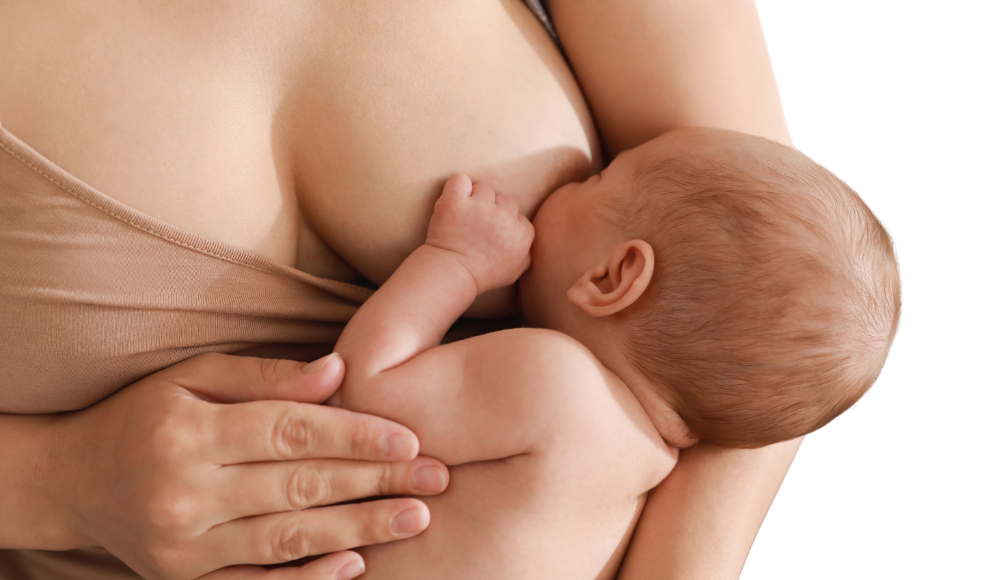Liposuction is a cosmetic surgical procedure that removes excess fat to contour and reshapes your body over specific areas, such as the abdomen, hips, thighs, buttocks, arms or neck by using suction technique.
Liposuction isn’t an alternative remedy for overweight/obesity and not considered as substitute for diet and exercises or bariatric procedures procedures like “gastric bypass” that’s considered for morbid obesity.
Liposuction doesn’t remove stretch marks and also it won’t remove the skin irregularities or cellulite dimpling.
If you are concerned from excess fat deposits anywhere on your body that is not responding to the remedial such as diet or exercises, liposuction can be considered as solution.
Individual is considered as a good candidate for a liposuction procedure, if:
- The Individual should have realistic positive outlook and clear mind for their requirements,
- Non Smoker,
- The individual must be in good health without conditions that could complicate surgery — such as restricted blood flow, coronary artery disease, diabetes or a weak immune system,
- The individual should have stable weight, that’s generally within 30% of their idea weight with good skin elasticity and muscle tone.
Liposuction is done either as an isolate procedure or in combination with other procedures such as tummy tuck/abdominoplasty, breast reduction or treatment of gynecomastia.
Science behind liposuction:
In our body there is metabolic fat that is generally gained or lost easily, although the blocked fat is difficult to lose. Generally the blocked fat is found around the waist in men and around the hips and the saddlebags in women.
The simple aspiration of excess fat in some areas will improve the beauty of a body in a permanent fashion. This is due to the properties of fat cells; although the fat cells can grow, it is understood that after puberty their number is determined and they are unable to multiply. This simple removal prevents the recurrence of an ugly deformity.
After liposuction through cannulas, it creates tunnels of extracted fat and due to the contracting elements below the skin there will be certain amount of skin retraction that occurs.
Risks from liposuction procedure
Any major surgery carries risk and so its for liposuction, with risk of bleeding and related to anaesthesia. Few possible complications anticipated are following:
- Irregularities : After liposuction procedure the skin may appear with bumps and lows due to irregular removal of fat, and poor elasticity of skin and from unusual healing.
- Fluid accumulation. Fluid collection under the skin that may be need to be drained with a needle.
- Numbness. Following procedure the skin might feel numb due to nerve irritation, that is mostly temporary and rarely permanent.
- Infection.
- Internal puncture. Injury to internal organs due to cannula penetrating deeply and might require emergency intervention.
- Fat embolism. A medical emergency that is due to loosened fat pieces that break away and become trapped in a blood vessel and gather in the lungs or travel to the brain.
- Fluid imbalance/ fluid shift. Can cause potentially life-threatening kidney, heart and lung problems.
- Lidocaine toxicity. Rarely can cause toxicity due to anaesthetic agent lidocaine that is use in fluid used for infiltration before liposuction, it can cause heart and central nervous system related problems.
- The risk of complications increases if the surgeon is working on larger surfaces of your body or doing multiple procedures during the same operation. Discuss to your surgeon about how these risks apply to you.
Liposuction procedure
Liposuction procedure starts with planning the areas of the body to be treated by making circles and lines. Before surgery photos are taken and is kept in records for comparison with post operative photos.
Depending upon treatment goals, areas of the body to be treated and other factors like history of liposuction in past, the surgeon plans specific techniques .
- Tumescent liposuction : This is the most common type of liposuction. The surgeon injects a sterile solution — a mixture of salt water, which aids fat removal, an anaesthetic (lidocaine) to relieve pain and a drug (epinephrine) that causes the blood vessels to constrict — into the area that’s being treated. The fluid mixture causes the affected area to swell and stiffen.The surgeon then makes small cuts into your skin and inserts a thin tube called a cannula under your skin. The cannula is connected to a vacuum that suctions fat and fluids from your body. Your body fluid may be replenished through an intravenous line.
- Power-assisted liposuction (PAL). This type of liposuction uses a cannula that moves in a rapid back-and-forth motion. This vibration allows the surgeon to pull out tough fat more easily and faster. PAL may sometimes cause less pain and swelling and can allow the surgeon to remove fat with more precision. Your surgeon may select this technique if large volumes of fat need to be removed or if you’ve had a previous liposuction procedure.
- Ultrasound-assisted liposuction (UAL). This type of liposuction is sometimes used in conjunction with traditional liposuction. During UAL, the surgeon inserts a metal rod that emits ultrasonic energy under your skin. This ruptures the fat-cell walls and breaks down the fat for easier removal. These device may improve skin contouring and reduce the chance of skin injuries.
- Laser-assisted liposuction (LAL). This technique uses high-intensity laser light to break down fat for removal. During LAL, the surgeon inserts a laser fiber through a small incision in the skin and emulsifies fat deposits. The fat is then removed via a cannula.
During liposuction
Liposuction procedures can be done using local or regional anesthesia — anesthesia limited to a specific area of your body. In other procedures may require general anesthesia, which induces a temporary state of unconsciousness, may be given a sedative, typically through an intravenous injection, to help you remain calm and relaxed.
After liposuction
Expect some pain, swelling and bruising after the procedure. Your surgeon may prescribe medication to help control the pain and antibiotics to reduce the risk of infection.
After the procedure, the surgeon may leave your incisions open and place temporary drains to promote fluid drainage. You usually need to wear tight compression garments, which help reduce swelling, for a few weeks.
You may need to wait a few days before returning to work and a few weeks before resuming your normal activities — including exercise.
During this time, expect some contour irregularities as the remaining fat settles into position.
Results after liposuction
After liposuction, swelling typically subsides within a few weeks. By this time, the treated area should look less bulky. Within several months, expect the treated area to have a leaner appearance.
It’s natural for skin to lose some firmness with aging, but liposuction results are generally long lasting as long as you maintain your weight. If you gain weight after liposuction, your fat distribution may change. For example, you may accumulate fat around your abdomen regardless of what areas were originally treated.
Don’t shy off yourself to consult a board certified Plastic Surgeon to know more about this procedure and the various treatment options available.

